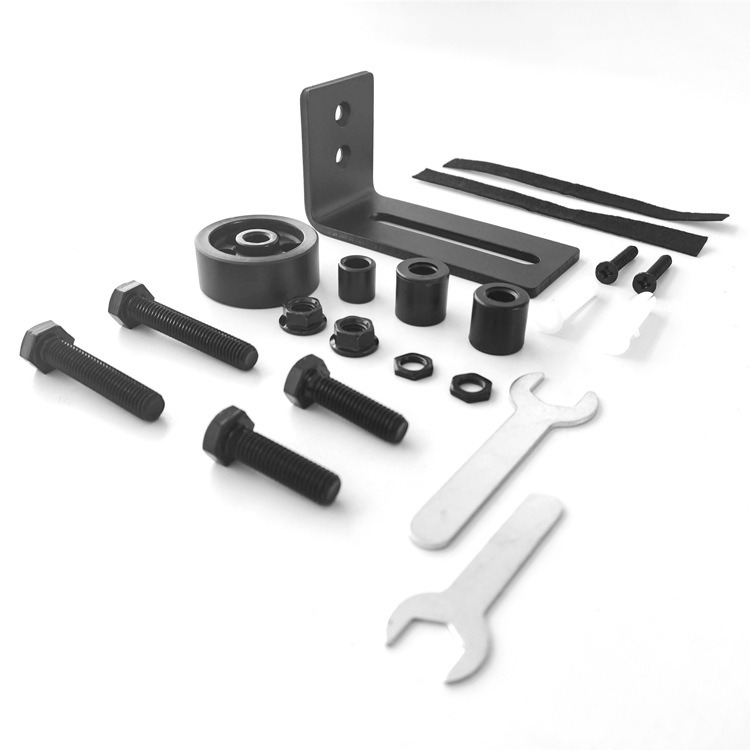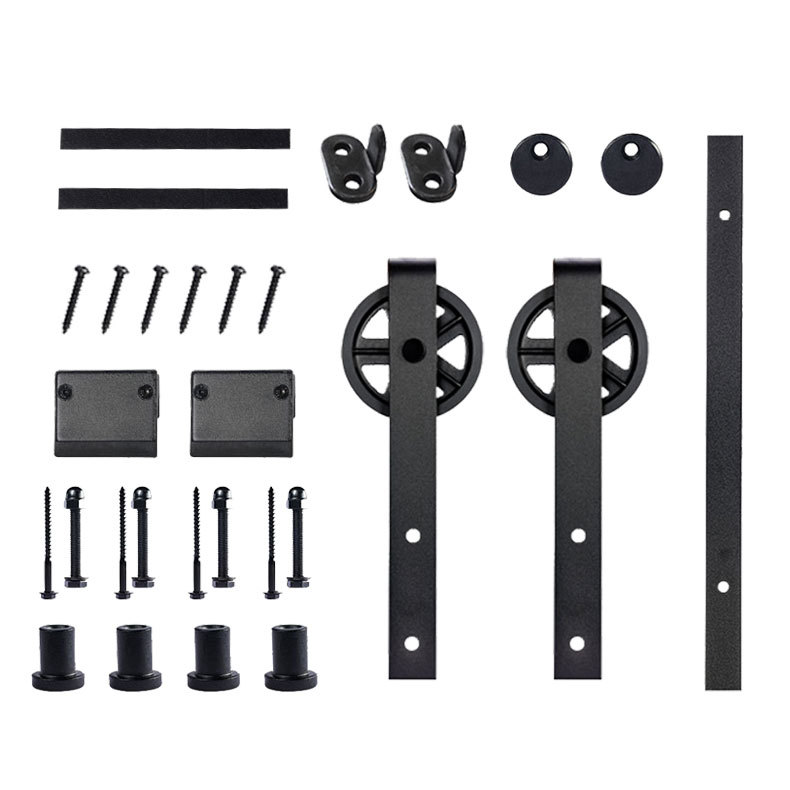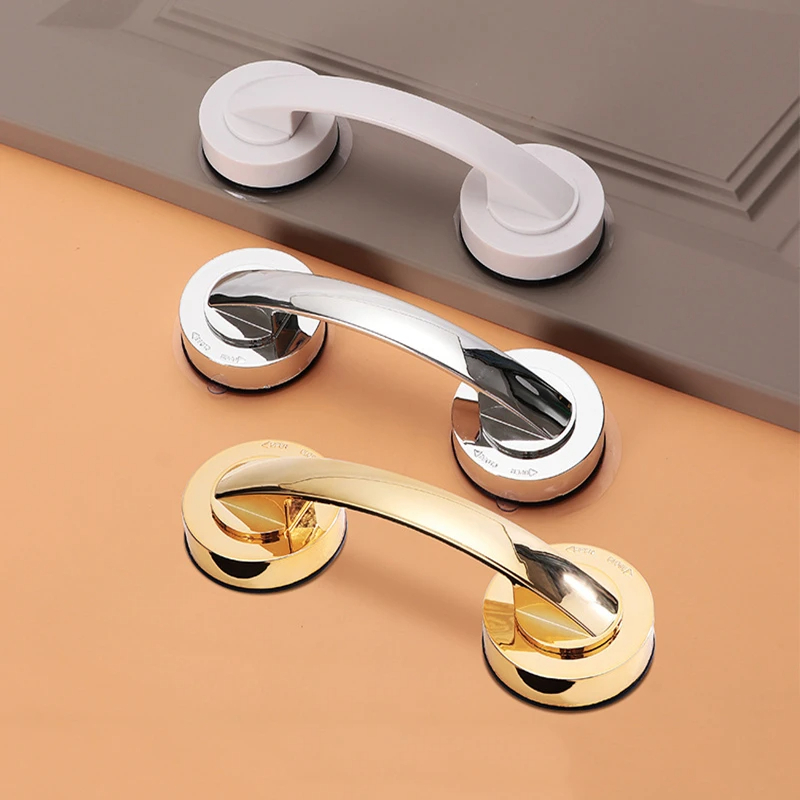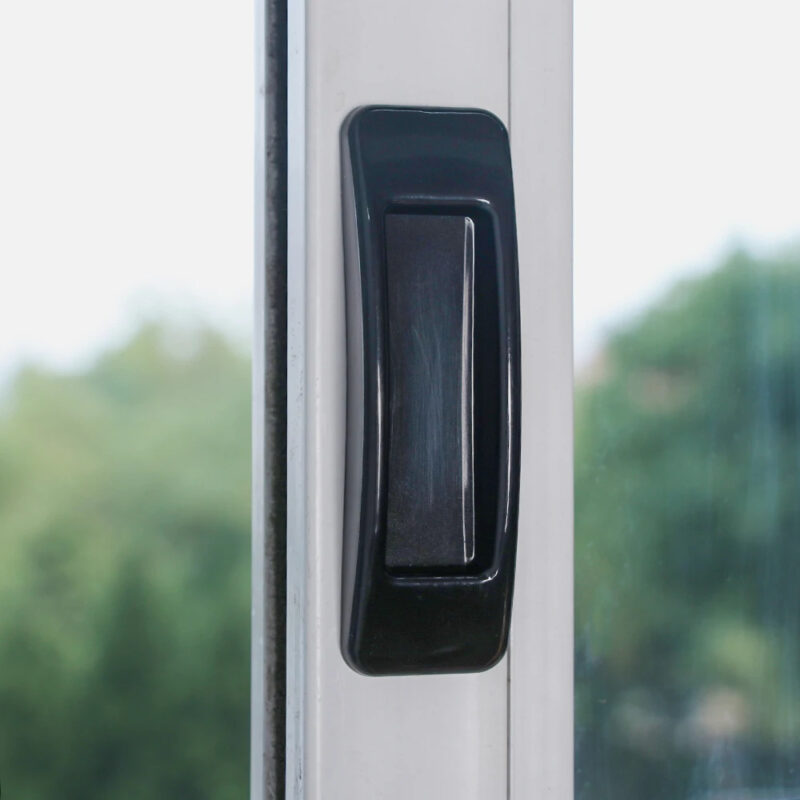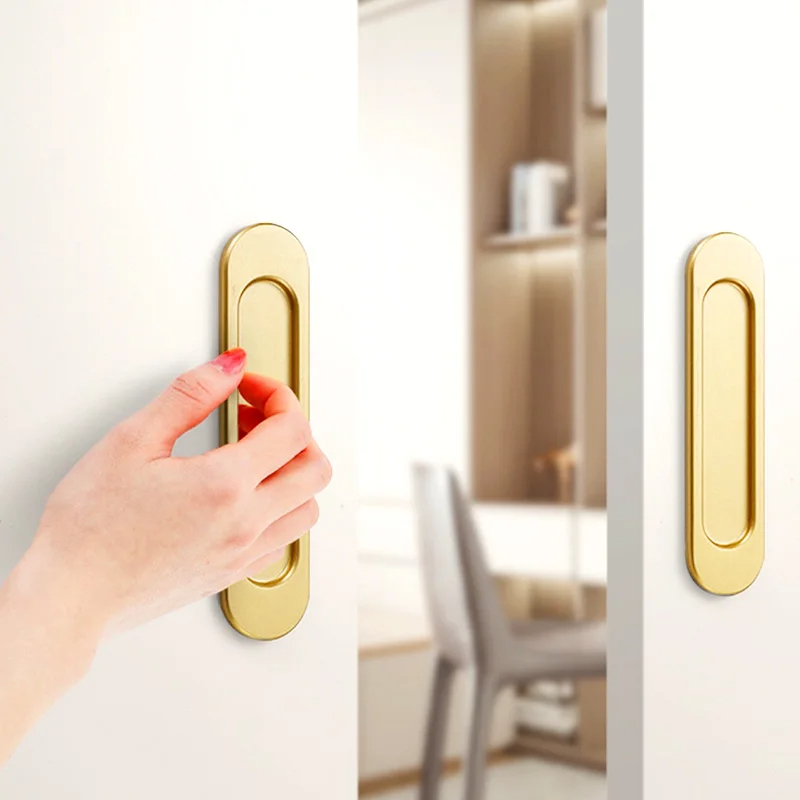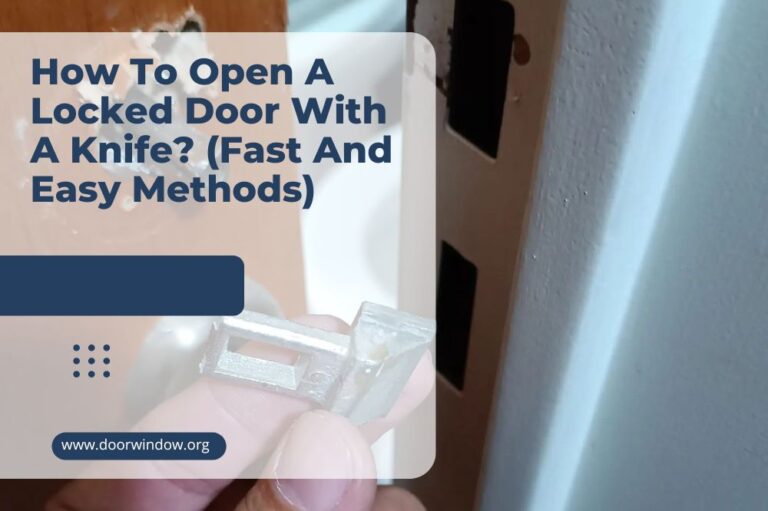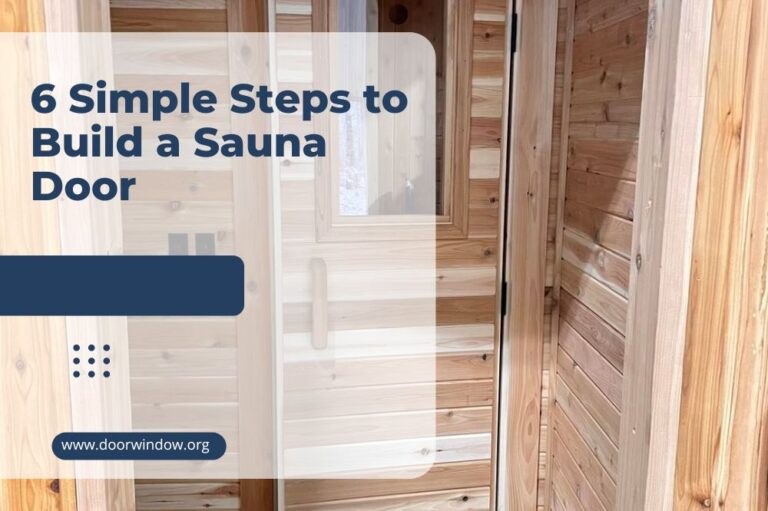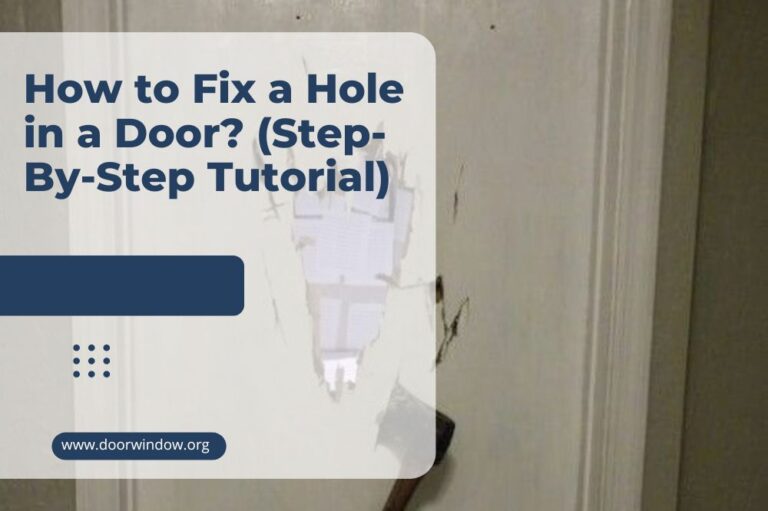What Are Standard Pocket Door Sizes & Dimensions?
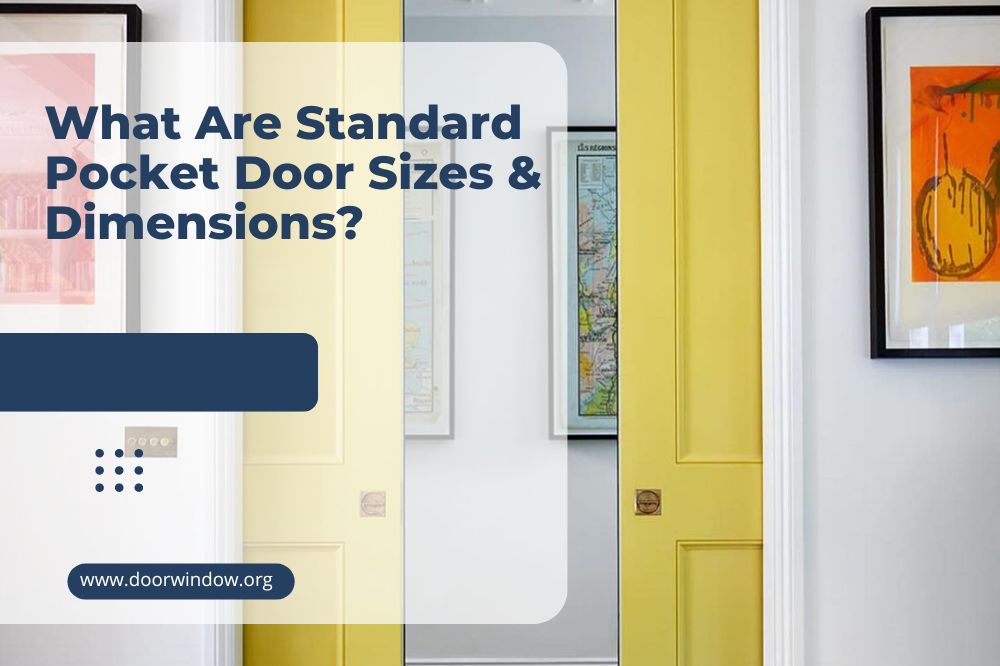
Pocket door systems are an ideal solution for creating open space in a home without sacrificing the privacy of doors. Whether you’re renovating an existing house or building a new one, understanding standard pocket door sizes is essential to ensuring that your door system fits properly and functions as intended.
In this blog post, we’ll explain how to measure pocket door frames and look at common widths and heights for standard pocket doors. We’ll also discuss hardware considerations such as passage size requirements and what type of screws should be used for installation. Finally, we’ll provide tips on replacing older pocket door systems with new ones so that you can enjoy the convenience of modern pocket door systems in your home.
Ready to get started? Let’s go!
What Are Standard Pocket Door Sizes?
What Are Pocket Doors?
First, let’s look at what pocket doors are. Pocket doors are doors that slide in and out of their door frames and are typically designed to fit within an opening in the wall (or designed to slide along the outside of the wall if it’s a sliding door instead of a typical pocket door). This allows you to open and close the door without taking up extra floor space or blocking nearby walkways.
A pocket door system is not just the pocket door itself but also the door frame, studs, and various hardware that helps the door slide into the wall opening or along the wall.
This door can be used as any interior door, so long as there is space for it to slide. Most pocket doors are single pocket doors, but double doors are also a popular choice – though, double doors require twice the overall dimensions. There are even three-panel sliding doors!
You can get pocket doors as a sliding glass panel to let in more natural lighting to a darker room, or a traditional wood panel for a classic or rustic feel, if that’s what you’re going for in your interior design scheme.
How Does a Pocket Door Work?
Now that we know what a pocket door is, let’s look at how it works. That way, you can be sure to know if it will work for your home or not.
As we mentioned before, pocket door systems typically include door slides, studs, door frame, and door hardware. The door slides into the door frame (constructed from studs and a door header) and is held in place by the door hardware, which allows it to move in and out of the wall opening. If it slides along the wall, then the hardware is attached to the wall instead of the door frame.
The pocket door system allows for two main types of doors: a single pocket door and a double door (although some stores have also started to carry sliding bi-fold doors and even fancy three-panel doors). When you install a pocket door, the size of door you need is determined by the overall dimensions of your opening (including door width, door height, wall length, and wall height).
What Are Standard Pocket Door Sizes?
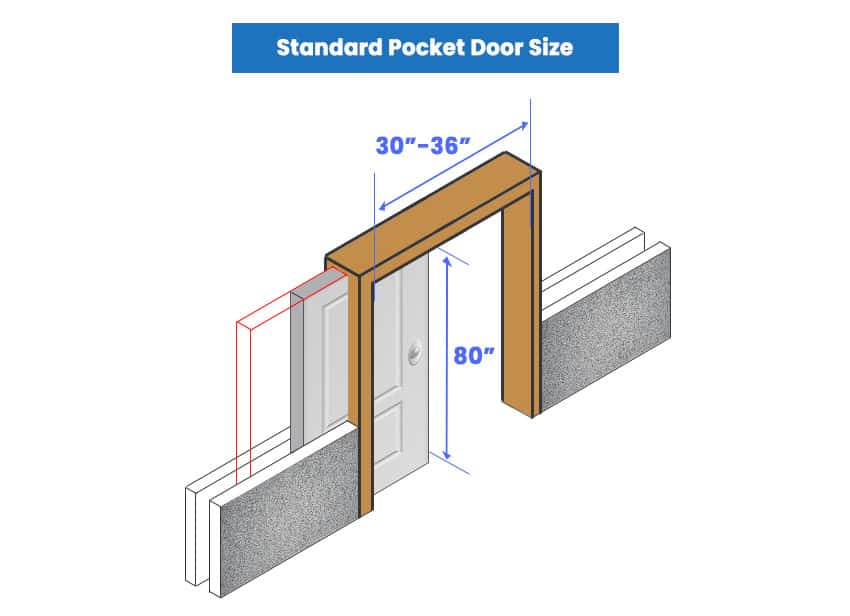
Now that we understand how pocket door systems work, let’s look at what sizes are typically used in homes today. The standard pocket door dimensions are just a part of the overall dimensions and passage size requirements. Thankfully, pocket doors and sliding doors come in the same standard sizes as the average swinging door.
This means you’ll find them to be about thirty inches to thirty six inches in their standard size. However, as mentioned earlier, you don’t want to just consider the size of the door. You will also want to consider the overall dimensions of your space.
The size will vary, depending on if you are installing a single pocket door or double doors. Usually, the pocket door system will require a width of twice the frame size (since it has to slide completely out of the door opening) and up to eighty six inches tall or higher, depending on your ceiling height and the pocket door kit you want to use.
Frequently Asked Questions about Pocket Doors
Now that we know the basics of standard pocket door sizes, let’s look at some commonly asked questions about door systems.
Are Pocket Doors a Good Idea?
Pocket doors are a great idea for any home, especially in areas where space is an issue. They can open up a room and create more open living space, allowing natural lighting to shine through. Pocket door sizes also vary greatly, so they are suitable for apartments or larger houses alike.
Can You Install a Pocket Door on an Existing Wall?
Yes, but it depends on the wall construction. If you are considering a pocket door replacement for an existing swinging door, then you will have to examine a few additional factors, including wall length, finished wall thickness, and door width, as well as looking to see if the wall where you want to install the pocket door system has any pipes or electrical wires running through it already.
Of course, if there is a pipe running through the wall, it will have to be rerouted if you are going to have enough room for a door to slide through that same spot.
If you are not accustomed to remodels, this is definitely a home DIY project that you will want to hire a professional contractor to do for you.
Are Pocket Doors Energy Efficient?
Yes! Pocket door systems have the potential to be very energy efficient, depending on the door and frame construction. This is especially true if the sliding pocket door is more than a single panel of thickness and if it seals pretty tightly when closed. However, if your pocket door creeps open on its own after you close it, then you will need to adjust the door system to get a more energy efficient seal.
Conclusion
There you have it – everything you need to get started with your pocket door construction!
Pocket door systems offer a great way to save space, as well as energy. And if you are considering a door replacement, there is a standard pocket door size just like a regular swinging door size, so no need to worry about that.
But if you plan to do this DIY project, hire a professional if the project is too big for you to handle alone. The extra cost is worth saving yourself the headache!
What other questions do you have about pocket doors? Let us know in the comments!

